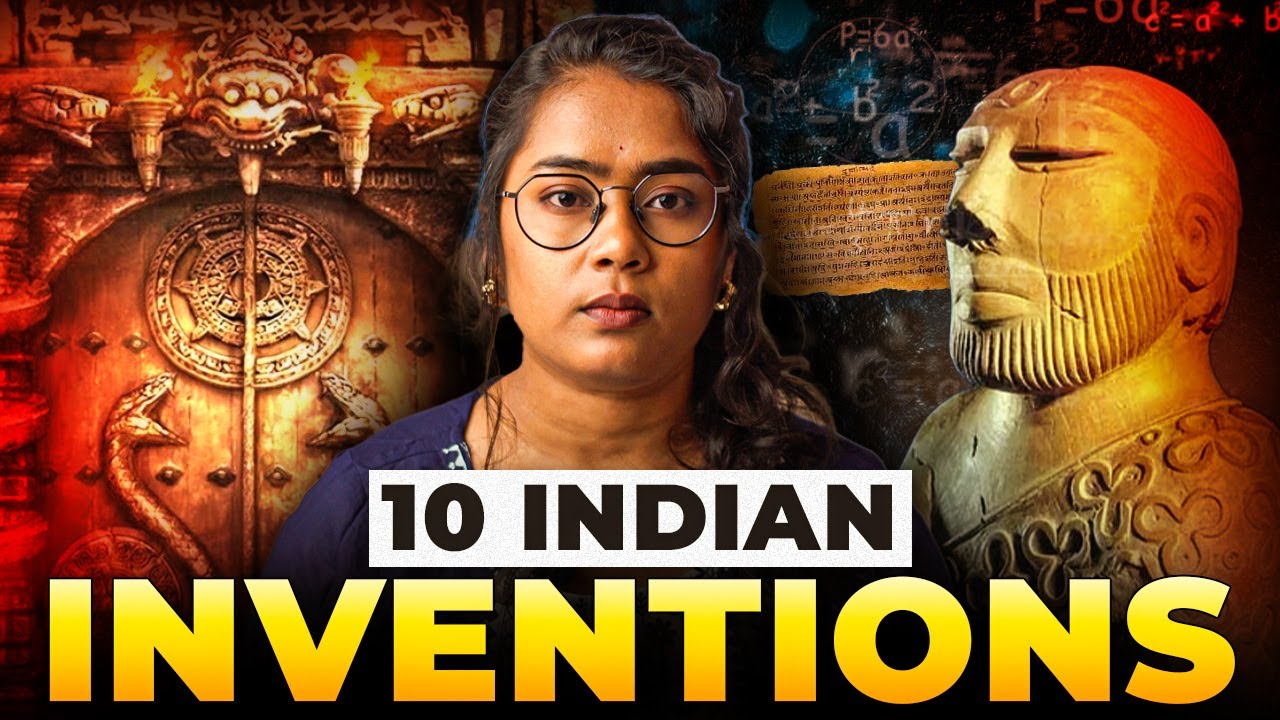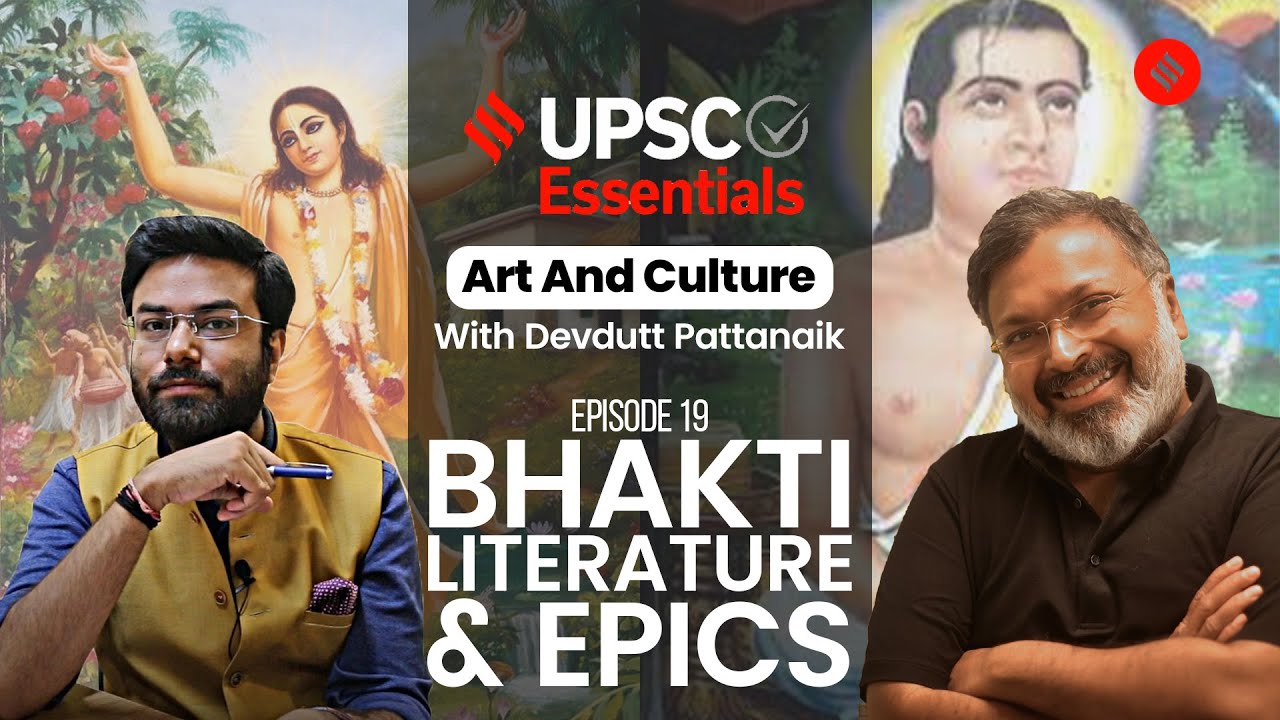कैसे गुरुकुलों ने बनाया India को Superpower! | Gurukul History, Syllabus, and Routine | EP-29
Summary
TLDRThis video script explores the rich history of ancient Indian Gurukuls, highlighting their role in shaping India's educational and cultural heritage. It delves into the life and works of Muhammad ibn Musa al-Khwarizmi, the father of algebra, and his connection to Indian mathematical theories. The script outlines the daily routine, subjects taught, and the holistic education system of Gurukuls, which included mathematics, astronomy, music, medicine, and philosophy. It emphasizes the need to reintegrate the Gurukul's educational principles into modern education to alleviate student stress and foster a passion for learning.
Takeaways
- 📚 Muhammad ibn Musa al-Khwarizmi, born in the 8th century, is recognized as the father of algebra and algorithms, and his work was influenced by Indian mathematicians like Brahmagupta.
- 🏛 The House of Wisdom in Baghdad was a center for scientific studies and the translation of foreign texts into Arabic, playing a key role in the dissemination of knowledge.
- 🌏 The translation of Sanskrit texts into Arabic contributed to the advancement of Muslim scientific knowledge, which in turn influenced the Christian world and the Renaissance period in Europe.
- 🇮🇳 Indian Gurukuls were the original centers of education, laying the foundation for various fields of study and fostering a relationship between teacher and student akin to a family.
- 🧘♂️ The daily routine in Gurukuls included early morning rituals, yoga, classes, and evening worship, emphasizing a disciplined and holistic approach to learning.
- 📘 A wide range of subjects were taught in Gurukuls, including mathematics, astronomy, music, medicine, martial arts, economics, and philosophy, all inspired by the Vedas and their branches.
- 🌿 The Upavedas, derived from the Vedas, covered specialized knowledge areas such as Ayurveda (medicine), Dhanurveda (martial arts), Gandharvaveda (music), and Sthapatya Upaveda (architecture and economics).
- 📖 Important texts studied in Gurukuls included the Shushruta Samhita, Charak Samhita, Arthashastra by Chanakya, and Sangeet Ratnakar for music, among others.
- 🎼 The Gurukul system emphasized the importance of the arts and sciences, with a structured curriculum that nurtured intellectual and practical skills.
- 🌟 The Gurukul system produced great minds like Aryabhatta and Panini, contributing to India's status as an economic superpower in ancient times.
- 🚀 The script suggests that modern education systems could learn from the Gurukul model to address issues like student depression and lack of passion for learning.
Q & A
Who is considered the father of modern algebra and algorithms?
-Muhammad ibn Musa al-Khwarizmi is considered the father of modern algebra and algorithms.
In which century was Muhammad ibn Musa al-Khwarizmi born?
-Muhammad ibn Musa al-Khwarizmi was born in the eighth century.
What was the significance of the House of Wisdom established by Al-Ma'mun in Baghdad?
-The House of Wisdom was established for research and development, where scholars like Al-Khwarizmi studied mathematics and science, and translated foreign texts into Arabic.
What is the relationship between the word 'Sindhind' and 'Siddhanta'?
-The word 'Sindhind' is a corruption of the Sanskrit word 'Siddhanta', which was used in the titles of books on astronomy and mathematics translated into Arabic.
Which ruler started the tradition of translating Sanskrit texts into Arabic?
-Al-Mansur started the tradition of translating Sanskrit texts into Arabic in the 7th century CE.
What was the impact of translating Arabic texts into European languages during the Renaissance period?
-The translation of Arabic texts into European languages during the Renaissance period contributed to the progress and advancement of knowledge in Europe.
What is the literal meaning of 'Gurukul'?
-The literal meaning of 'Gurukul' is 'Guru's Kul', where 'Kul' means family or dynasty, signifying the familial relationship between the Guru and the disciple.
What was the daily routine of a disciple in a Gurukul?
-The daily routine of a disciple in a Gurukul included waking up early, bathing in a holy river, performing yoga, attending classes, going on alms, and participating in evening worship before dining and sleeping.
How many subjects were typically taught in a Gurukul?
-There were about 18 to 20 subjects taught in a Gurukul, including Mathematics, Astronomy, Astrology, Crafts, Music, Language, Medicine, Martial Arts, Economics, and Philosophy.
What is the significance of the Gurukul system in modern education?
-The Gurukul system can provide insights into holistic education, emphasizing the importance of a well-rounded curriculum, the relationship between teacher and student, and the integration of practical life skills and spiritual development.
Outlines

This section is available to paid users only. Please upgrade to access this part.
Upgrade NowMindmap

This section is available to paid users only. Please upgrade to access this part.
Upgrade NowKeywords

This section is available to paid users only. Please upgrade to access this part.
Upgrade NowHighlights

This section is available to paid users only. Please upgrade to access this part.
Upgrade NowTranscripts

This section is available to paid users only. Please upgrade to access this part.
Upgrade NowBrowse More Related Video

6th History | Chapter No 1 | The Indian Sub Continent & History | Lecture 1 | Maharashtra Board |

“My wife was coordinating…” EAM Jaishankar explains his wife Kyoko’s role at G20 Summit

10 Greatest & Unpopular Indian Inventions | Keerthi History

Bhakti Literature & Epics: Know In Art & Culture With Devdutt Pattanaik EP19 | UPSC Essentials

ये है देश के 11 बेहतरीन गुरुकुल (केवल लड़कियों के लिए )!

Class 6 History Chapter 1 | What, Where, How and When | NCERT Guruji
5.0 / 5 (0 votes)